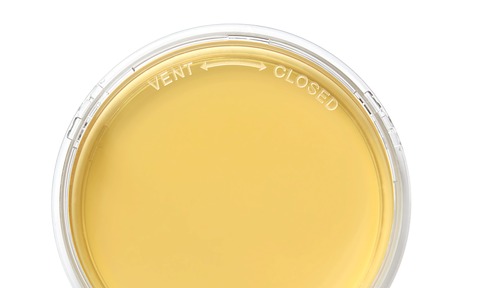
Merck Millipore has launched its range of lockable ICRplus Settle Plates for viable air monitoring and personnel monitoring in clean rooms and isolators.
The plates are based on the original Merck Millipore ICR Settle Plate technology and provide semi-quantitative determination of microbial contamination.
Featuring a new two-way closure system, the ’CLOSED’ position allows safe transportation and aerobic incubation while the ’VENT’ position expands incubation for the detection of anaerobic and microaerophilic microorganisms.
ICRplus Settle Plates are filled with Casein Soybean Digest Agar (TSA), which is recommended by the Food and Drug Administration (FDA) Guidance for Industry (2004): Sterile Drug Products Produced by Aseptic Processing - cGMP. They are offered in formulations with neutralisers for the inactivation of disinfectant.
When used in combination with Chocolate Agar and lecithin, Tween 80 and histidine (LTH), the plates can also be used for the detection of fastidious bacteria.
“Efficient and reliable environmental monitoring of isolators and clean rooms is essential to support product quality and customer safety,” said Yvonne Hochheimer, product manager at Merck Millipore.
“With our unique two-way closure system of the ICRplus Settle Plates, customers can be assured of safer transport and reliable detection of aerobic and anaerobic microorganisms. The plates also offer the ultimate in convenience with room temperature storage at the site of use and a long shelf life. This translates into decreased storage costs and fewer incoming goods controls and QC testing.”
ICRplus Settle Plates are produced under aseptic conditions, gamma-irradiated and triple-bagged, making them optimal for personnel monitoring, passive air sampling and active air sampling with sieve like samplers (e.g., MAS air samplers) in isolators and clean rooms.
They enable inactivation of residual vaporous hydrogen peroxide (VHP) during active air sampling. Each plate contains a data matrix barcode, which allows secure identification of plates and supports the ’paperless’ lab.
The 90 mm plates have a high filling volume of 30ml, which allows prolonged incubation.





